(406 products available)




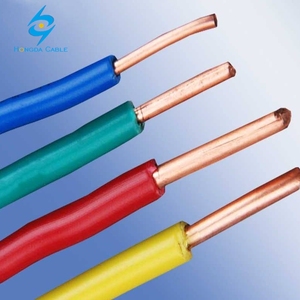




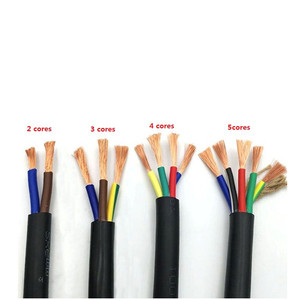



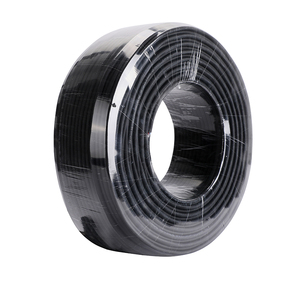



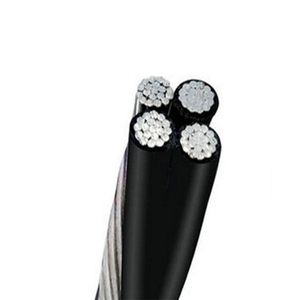


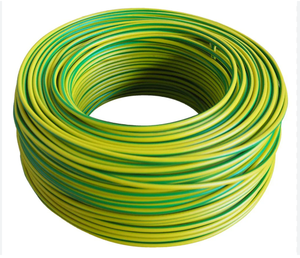








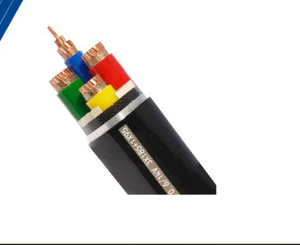







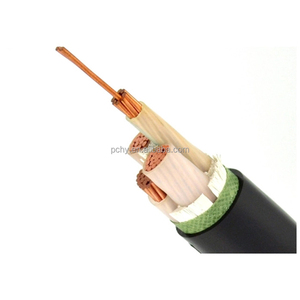


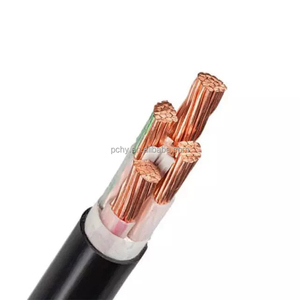





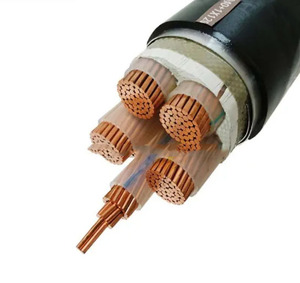

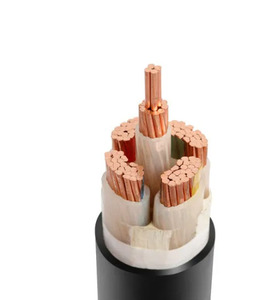



















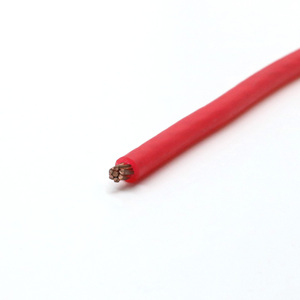




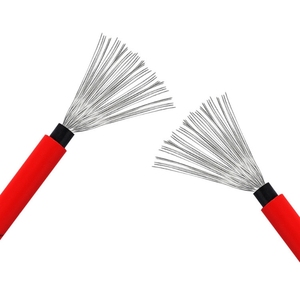
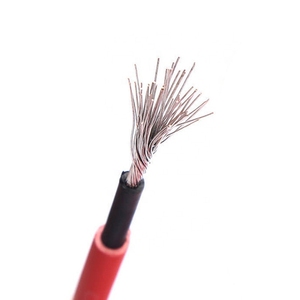

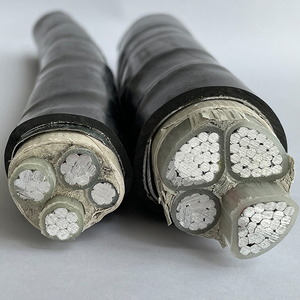






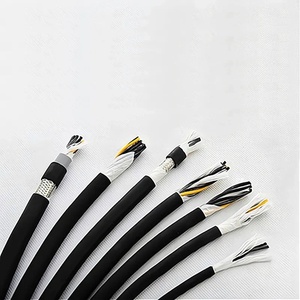




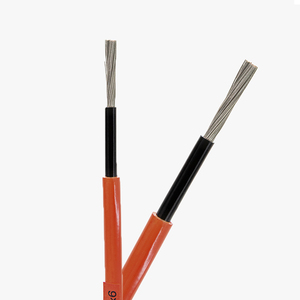

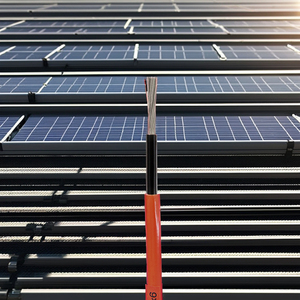
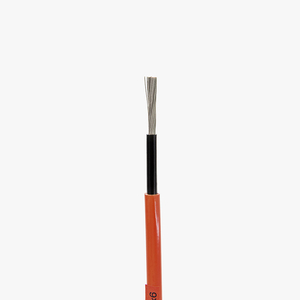

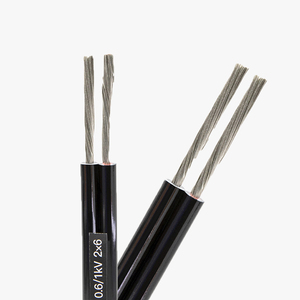







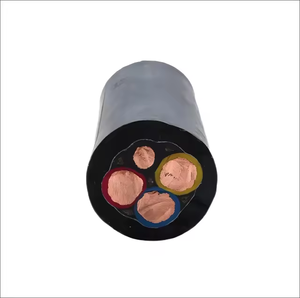
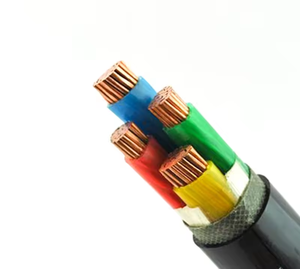
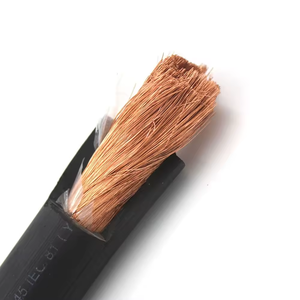






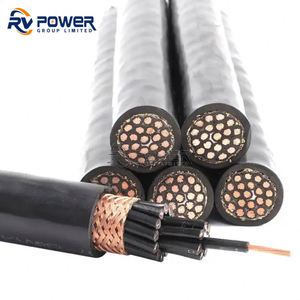
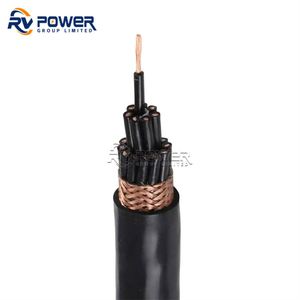





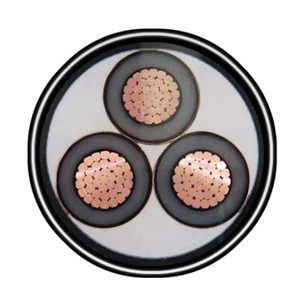


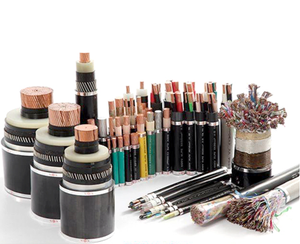

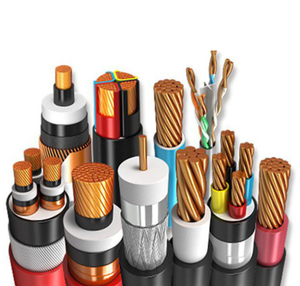



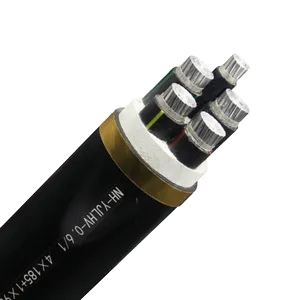






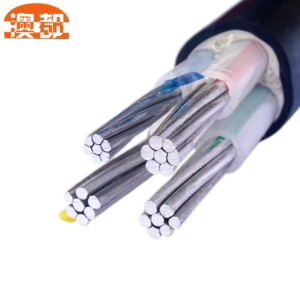



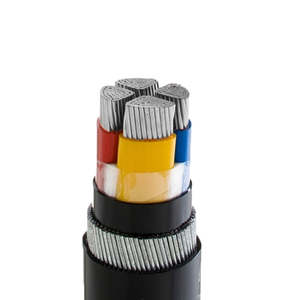








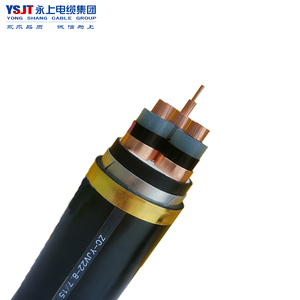


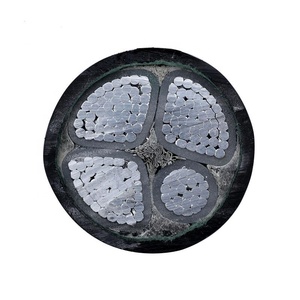

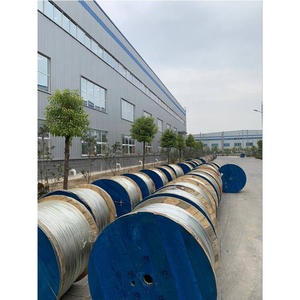
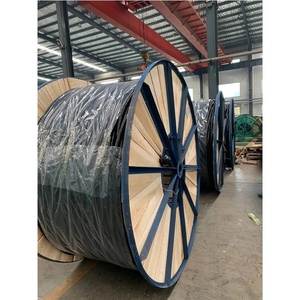

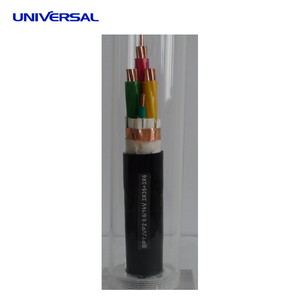

















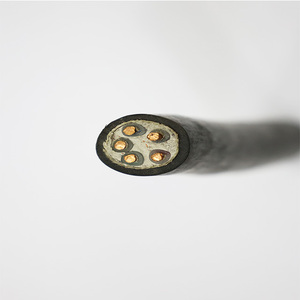









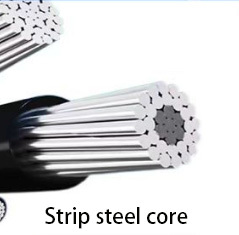

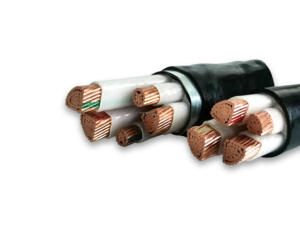
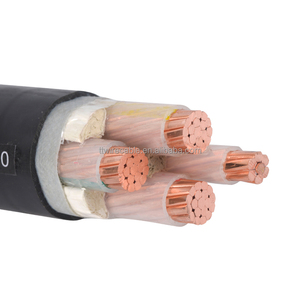


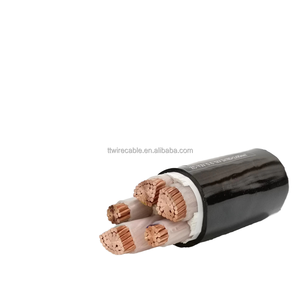






Cables are essential for transferring electricity. A 1 kv cable is for low voltage but still needs proper grounding. Grounding helps protect against electrical shocks and keeps machines running safely. In this section, we will discuss the different types of grounding used in 1 kV cables.
Direct Earthing System
The direct earthing system is where the neutral point of the supply system is directly connected to the earth. This kind of grounding helps limit any overvoltage. It also provides a low-resistance path for fault currents. The main benefit of this system is that it quickly clears any faults. This makes it very safe. However, keeping the system working well can be costly and requires effort.
Resistance Earthing System
This system connects the neutral point to the ground through a resistance. This setup reduces the fault current that flows to the ground. This helps prevent damage to equipment. It also gives more control in how quickly faults are cleared. While this system protects gear well, it may take longer to clear faults. This could risk safety if not managed right.
Petrochemical Industry Grounding System
The grounding system used in the petrochemical industry is different from electric power systems. In this industry, electrolytic corrosion is a big concern, especially with pipelines that carry flammable substances. To mitigate corrosion risk, the grounding system often uses grounding electrodes. These include deep foundation piles, which are different from simple strip grounding in electrical systems. Sometimes, insulated floors are used to separate metal structures from the ground, reducing corrosion caused by electrical currents. This type of grounding ensures safety in environments where explosive gases and static electricity are risks, preventing sparks that could ignite fires. Grounding mats are also used in this context to safely discharge static electricity.
High Resistivity Grounding System
In environments like power generation, mining, or metallurgy, the ground often has very high resistivity due to rocky or dry soil. In these places, the grounding system needs to handle large potential differences without letting dangerous currents flow through the ground. It uses specialized materials or electrodes buried deep to lower resistivity. It manages electrical discharges from lightning safely. The system also shields equipment from voltage spikes that could damage it. This grounding method keeps workers safe in hazardous areas and protects sensitive gear from electrical surges.
Manufacturing Plants
In manufacturing plants with large machinery and equipment, grounding cables prevent electrical surges and keep workers safe. These cables help machines run smoothly by ensuring stable power. If there is a power surge, the grounding cable carries the extra electricity safely into the ground. This protects both workers and equipment. These cables are crucial in stopping accidents and maintaining smooth factory operations.
Mining Operations
In mining, many machines run on electricity. Grounding cables help in two important ways: they shield machines from electrical surges and protect workers from shocks. Mining sites often have uneven ground and high humidity. This makes solid grounding even more critical for preventing accidents. Without these grounding cables, shock risks would rise, putting workers in danger. They are key to keeping mining jobs safe.
Pump Stations
Pump stations rely on grounding cables to protect workers and ensure safety. These stations use electrical pumps to move liquids and gases. If there was an electrical surge, it could damage this machinery. The grounding cables protect both the pumps and the fluids being moved. They ensure smooth and safe operations. Without the cables, power fluctuations could harm equipment and endanger workers.
Chemical Plants
Around electrical equipment, chemical plants need grounding cables for safety. They work with chemicals that could be risky if not properly managed. An electrical surge could cause a chemical reaction, leading to fires or explosions. Grounding cables stop surges, keeping both equipment and chemicals stable. They reduce accident risks, protecting workers and preventing disruptions.
Power Generation Facilities
Power plants manage high electricity levels, so they rely heavily on 1kV grounding cables. These cables prevent shocks and keep workers safe. They also shield machinery from surges, which could otherwise harm expensive equipment. By grounding electricity properly, plants can control power generation and distribution without risking safety. This ensures a constant and safe energy supply.
Conductor Material
The conductor carries the electrical current in the cable. Copper is often used because it conducts electricity very well. Aluminium can be a lighter and cheaper option, though it is not quite as good at conducting power as copper. There are flexible cables, too, which are meant for places where the cable needs to bend or move around sometimes.
Insulation Material
Insulation protects the conductor so no current escapes the cable. Polyvinyl chloride, or PVC, is commonly used because it is strong and very heat resistant. Another option is cross-linked polyethylene, also called XLPE. It has even better heat resistance and protection from things like chemicals or moisture.
Sheathing
The sheathing is the outer layer of the cable. It provides even more protection. PVC is the most common material for the sheathing. But the sheathing also needs to be able to handle special conditions, like if the cable will be buried underground or exposed to certain chemicals.
Armouring
Sometimes, cables need extra protection from physical damage. This is where armouring comes in. Steel wire armour, or SWA, is the most common type. It is wrapped around the cable to shield it from things like crushing or digging. Another option is aluminium wire armour, which is lighter but still protects the cable well.
Assess Grounding Needs
The first step in properly installing a grounding system is to evaluate what the specific grounding requirements are. This involves examining the soil conditions and the electrical system configuration. Factors like soil resistivity and moisture levels will affect how deep the grounding rods or plates need to go. The electrical load and potential fault currents are also important considerations. Understanding these needs helps determine the right materials and setup for the grounding system. Making this assessment ensures the grounding will effectively handle any electrical surges or faults.
Prepare the Grounding Site
After assessing the needs, clearing the site is next. This removes any obstacles like rocks or roots that could interfere. Then, using a grounding rod installation tool, the installer starts drilling into the prepared area. The tool helps ensure the rods go in straight and reach the proper depth. For horizontal systems, trenches are dug instead of using rods. This creates a power grounding system that works well.
Install Grounding Components
Once the hole or trench is ready, it's time to put in the parts of the grounding system. For vertical systems, people attach the grounding wires to the rods after installing them. These wires create a path for excess electrical energy to disperse into the ground safely. For horizontal systems, they lay the grounding cables in the trenches and cover them back up. These cables connect all the put-in-ground components.
Test the Grounding System
Before finishing, workers test the new grounding system to ensure it functions well. They use a ground resistance tester to check that the resistance levels are low enough to provide safe grounding. If needed, they make adjustments like adding more grounding rods. Only after verifying everything is working correctly do they complete the installation and cover up any remaining exposed parts. Testing makes sure the system safely protects against lightning strikes and power surges.
Inspect for Damage
Grounding cables are crucial for safety during electrical work. Regular checks for wear, rust, or breaks help catch issues early. Operating in damp areas or extreme heat can hurt cables over time, so thorough inspections are key. Inspecting cables routinely allows for prompt repairs and keeps the system safely grounded.
Ensure Proper Connections
Grounding cables safely direct electrical excess away from the system. Regular checks guarantee connections remain stable and electrically conductive. Loose or corroded links can let dangerous voltages build up, risking equipment and personnel. Reinforcing cable connections stops electrical surges from posing harm.
Monitor Cable Conditions
Grounding cables are critical in preventing overcurrent from harming workers. Poor maintenance lets cables degrade, risking dangerous situations. Closely observing cable integrity catches issues before they threaten safety. Keeping cables well-maintained protects against hazardous electrical conditions.
Test Grounding Resistance
Regularly testing grounding resistance verifies that excess power can effectively dissipate. Low resistance means the system is well-grounded and safe. High resistance lets dangerous energy accumulate, risking harm. Conducting routine tests confirms strong grounding protects workers from electrical shocks.
Replace Damaged Cables
Grounding cables steadily protect electrical systems from surges. Promptly replacing damaged cables maintains unbroken safety protections. Living their lifespan, cables eventually must be changed to continue providing reliable shielding from electrical hazards. Keeping a stock of replacement cables ensures fast, effective swaps when needed.
Use Proper Materials
1kV cable grounding systems sell well when built from trusted materials. Steel wire armouring protects cables from damage, while flexible copper conductors ensure power flows easily. PVC insulation shields against shocks. Outside, durable PVC sheathing keeps elements out. Choosing proven materials leads to strong cables.
Ensure Proper Installation
1kV cable grounding systems perform better when properly installed. Ensuring seamless connections and correct positioning prevents faults. Well-placed cables allow current to pass safely. Avoiding installation errors stops dangerous situations.
Regular Inspections
Regularly inspecting cables helps catch damage early. Visual checks reveal worn insulation or rusting armouring. Running electrical tests confirms cables are working properly. Early detection allows repairs to maintain safety. Addressing issues first keeps the system performing well.
Adequate Clearance
Proper clearance from other cables prevents dangerous situations. Ensuring enough space stops power interference or accidental contact. Clear pathways let faults safely redirect. Adequate clearance maintains safety standards. Spacing cables reduces shock risk.
Monitor Cable Conditions
Keeping an eye on cable conditions means monitoring their resistance and integrity. Staying alert to wear from heat or bending allows replacements before failure occurs. Keeping cables in good shape ensures reliable grounding. Keeping systems safe relies on closely checking cable health.
A1: Grounding a 1kV cable keeps electrical energy safely contained. It redirects excess power during disruptions, preventing shocks. Grounding protects both equipment from damage and workers from danger. It ensures operations run reliably and securely.
A2: In factories, mines, and chemical plants, grounding stops shocks and explosion risks. It directs built-up energy away, keeping workers unscathed. Protection from lightning and surges safeguards machinery too. Grounding secures operations in high-risk spaces.
A3: Grounding systems include cables, rods, and connectors. Cables like copper or aluminium are flexible and conductive. Grounding rods or plates disperse energy into the soil. With strong weatherproof connectors, they create reliable, safe pathways for excess power.
A4: Technicians use a grounding resistance tester to check if cables are properly connected. Testing reveals the lowest ground potential in lightning or surges. Low resistance means the system is functioning reliably to protect against electrical dangers.
A5: Cable inspections for wear or rust are crucial. Regular testing checks if cables still conduct safely. Damaged cables are promptly replaced. Maintenance keeps the system functioning reliably to continue protecting people and equipment.